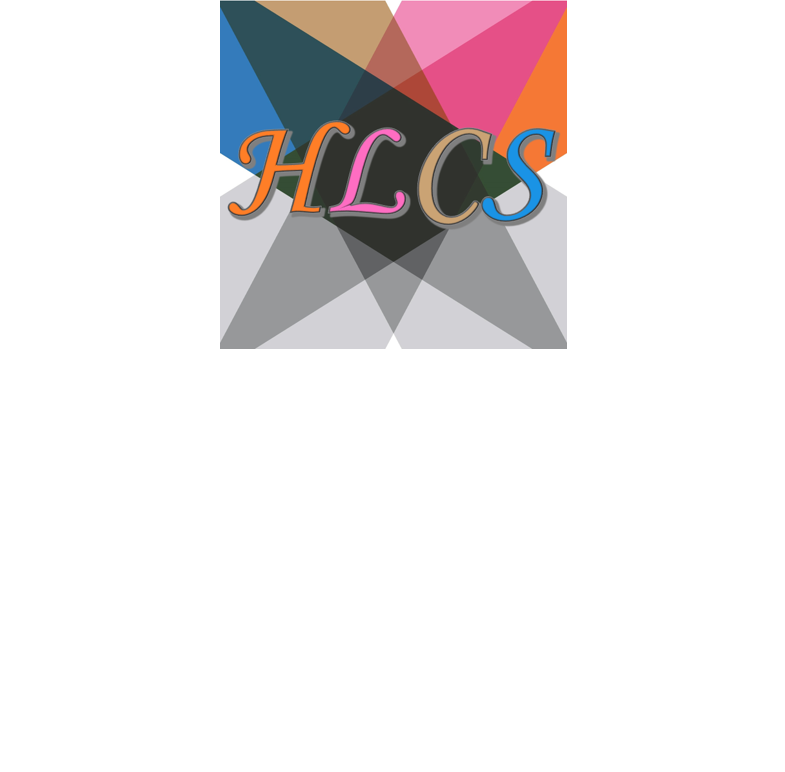The Demographic Database — History of Technical and Methodological Achievements
DOI:
https://doi.org/10.51964/hlcs12163Keywords:
Database, Linkage, RDBMS, Digitization, Church registersAbstract
The Demographic Data Base (DDB) at the Centre for Demographic and Ageing Research (CEDAR) at Umeå University has since the 1970s been building longitudinal population databases and disseminating data for research. The databases were built to serve as national research infrastructures, useful for addressing an indefinite number of research questions within a broad range of scientific fields, and open to all academic researchers who wanted to use the data. A countless number of customized datasets have been prepared and distributed to researchers in Sweden and abroad and to date, the research has resulted in more than a thousand published scientific reports, books, and articles within a broad range of academic fields. This article will focus on the development of techniques and methods used to store and structure the data at DDB from the beginning in 1973 until today. This includes digitization methods, database design and methods for linkage. The different systems developed for implementing these methods are also described and to some extent, the hardware used.
Downloads

Downloads
Published
Issue
Section
License
Copyright (c) 2023 Pär Vikström, Maria Larsson, Elisabeth Engberg, Sören Edvinsson

This work is licensed under a Creative Commons Attribution 4.0 International License.




